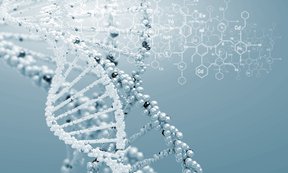Nowadays, modern biological and medical research is scarcely conceivable without the deep insights provided by new DNA sequencing technologies. These technologies have been continuously improved and provide up to 20 billion reads per run today. This allows for studying highly complex biological environments such as gut flora, soil samples or biogas reactor sludge at high resolution. For this, however, adequate analysis of the huge amount of generated data is required. A plethora of software packages for the analysis of such data are available today. But most of them require extensive computer knowledge or even a bioinformatics specialist to run. “For this reason, we have developed CoMA, a most intuitive and user-friendly software for the analysis of sequencing data that runs on all common computer operating systems and is accessible even to beginners,” Sebastian Hupfauf explains. “At the same time, numerous settings and a high degree of automation make CoMA interesting also for advanced users, who are looking for efficient and lean data analysis.”
The software package uses various third-party open-source programs and combines them with its own scripts to create a linear analysis pipeline. The results of the analyses are attractive and publication-ready graphics, statistical analyses, and output files in standardized formats that can be used for secondary analyses. The software thus supports students and scientists of all disciplines who are involved in the analysis of DNA sequences, and helps to present their results clearly and to make them available to a broad public.
Now, the scientists around Sebastian Hupfauf have presented the latest release of CoMA (v.3.0.), which offers several new features and is furthermore now available in four different usage options, making it even more flexible to use. The software is freely available and can be used by anyone. Further information about CoMA as well as exemplary graphics can be found on the product website.
Links:
- Comparative Microbiome Analysis (CoMA)
- Department of Microbiology
- More about Sebastian Hupfauf and his research

